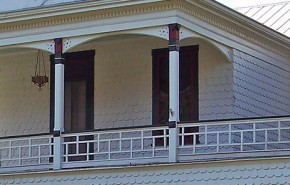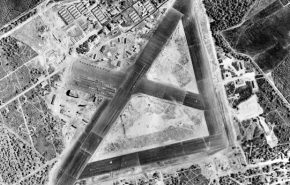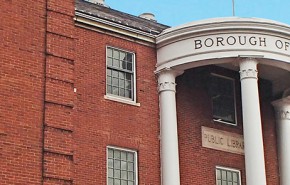Works by three West Virginia master architects are on their way toward receiving deserved recognition with the help of GAI’s Architectural History professionals.
![]() As discussed in a recent article in Details magazine, a publication of client West Virginia Division of Culture and History, a detailed report produced by GAI is an important step toward qualifying several distinctive structures by West Virginia master architects Levi J. Dean, John C. Norman, Sr., and Alexander B. Mahood for inclusion in the National Register of Historic Places. Inclusion in the National Register assists with preservation planning, and helps qualify included structures for certain state and federal tax credits in addition to grants from government and nonprofit entities.
As discussed in a recent article in Details magazine, a publication of client West Virginia Division of Culture and History, a detailed report produced by GAI is an important step toward qualifying several distinctive structures by West Virginia master architects Levi J. Dean, John C. Norman, Sr., and Alexander B. Mahood for inclusion in the National Register of Historic Places. Inclusion in the National Register assists with preservation planning, and helps qualify included structures for certain state and federal tax credits in addition to grants from government and nonprofit entities.
Documenting the Work of Great Builders
The project comprised gathering a range of historical materials related to more than 100 structures designed by the three West Virginia master architects in a period spanning from 1910 until the mid-1960s.
This process required archival research for each architect in the different repositories in which their records are stored. Dean’s information was kept at an operating architectural firm in Huntington, WV; Mahood’s records were kept in the Eastern Regional Coal Archives in Bluefield; and Norman’s records were in the West Virginia State Archives in Charleston.
Along with exhaustive archival research and analysis of select works by Dean, Norman, and Mahood, an extensive field survey was conducted to locate, document, and photograph existing structures credited to the three West Virginia master architects.
Meet the West Virginia Master Architects
Architect Levi J. Dean designed several municipal, commercial, religious, and residential structures, most centered in or around Huntington, WV. He began practicing at the turn of the century, weathered the Great Depression by applying his talents to Works Progress Administration (WPA) projects, and eventually brought his sons Keith and Brooks Dean into the business to create architectural firm Dean & Dean. Many of Dean’s buildings have been rehabilitated and repurposed, and are still in use today.
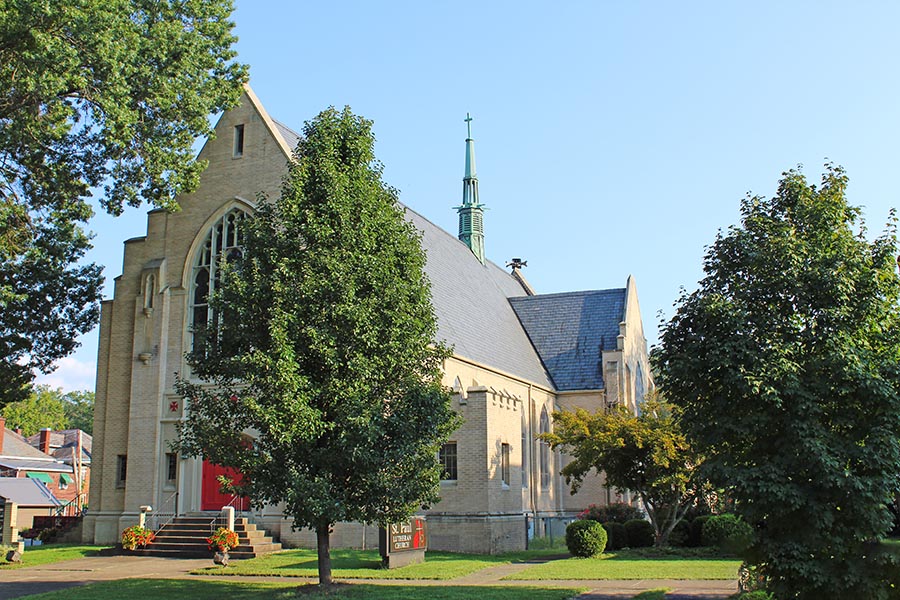
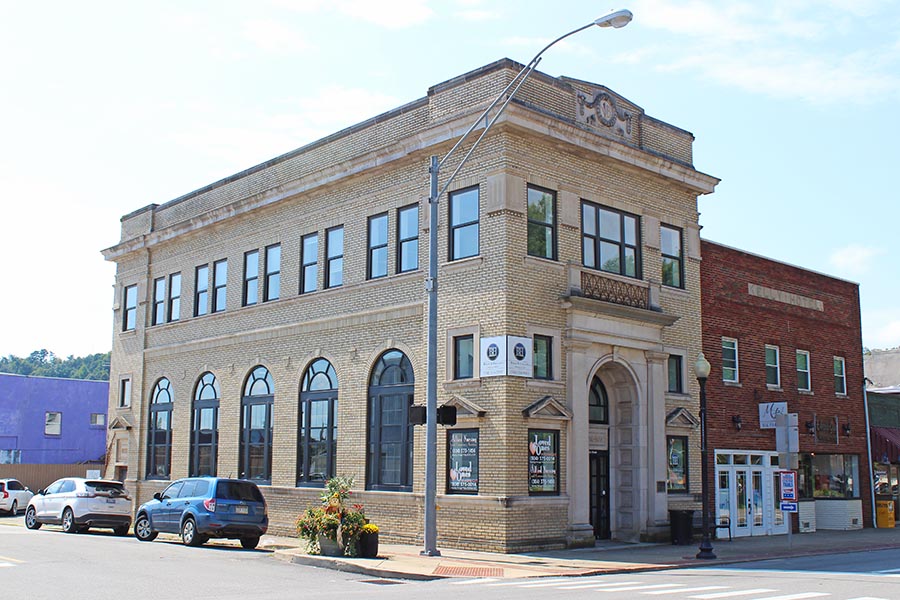
John C. Norman, Sr. had the distinction of being one of the first African Americans to become a licensed and registered architect in West Virginia. He earned his license after serving in World War I, designed hotels, commercial properties, residences, and more throughout Charleston and the surrounding areas, then served his country again during WWII. Included in the survey of Norman’s work is Shanklin’s Grand Theater in Ronceverte, WV. The 1937 theater has fallen into disrepair, but still bears a striking Art Deco style façade. While Norman made inroads as an African American architect, he still had to respond to the Jim Crow climate of the times—and Shanklin’s was designed with segregated entrances, stairways, and restrooms.
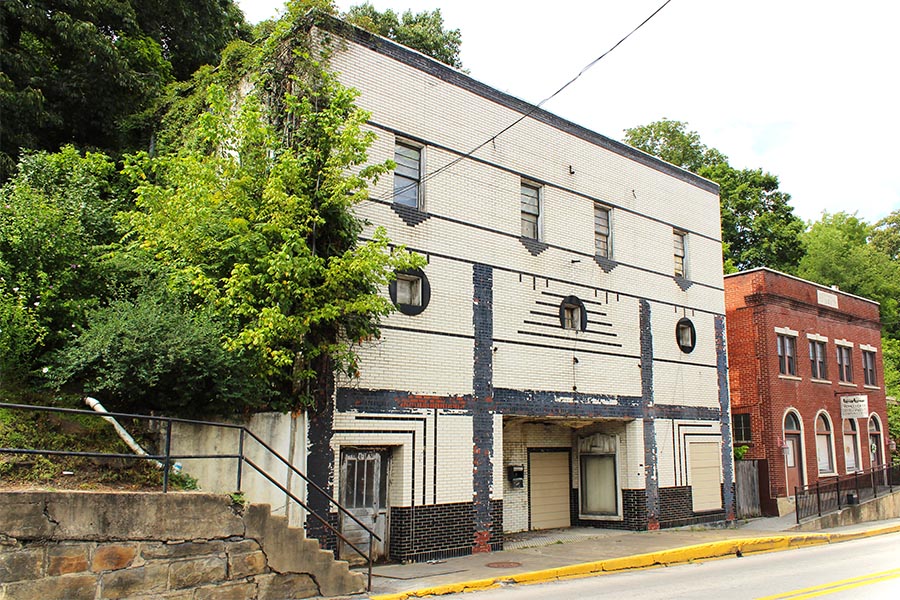
Alexander B. Mahood was a ‘high style’ architect—centered in Bluefield, WV, he produced many resplendent residences for wealthy clients as well as several larger structures that reflect the elaborate forms he mastered during his formal training at the L’Ecole des Beaux Arts in Paris, France. In addition to residences, Mahood’s work includes municipal buildings, churches, campus buildings, and structures commissioned by the local coal industry. GAI’s team identified a large, ornate Mahood building in a location well removed from surrounding development. The structure turned out to be a ‘company store’ that served what was formerly a thriving coal town—a discovery that pointed out the value of the survey in documenting the region’s history.
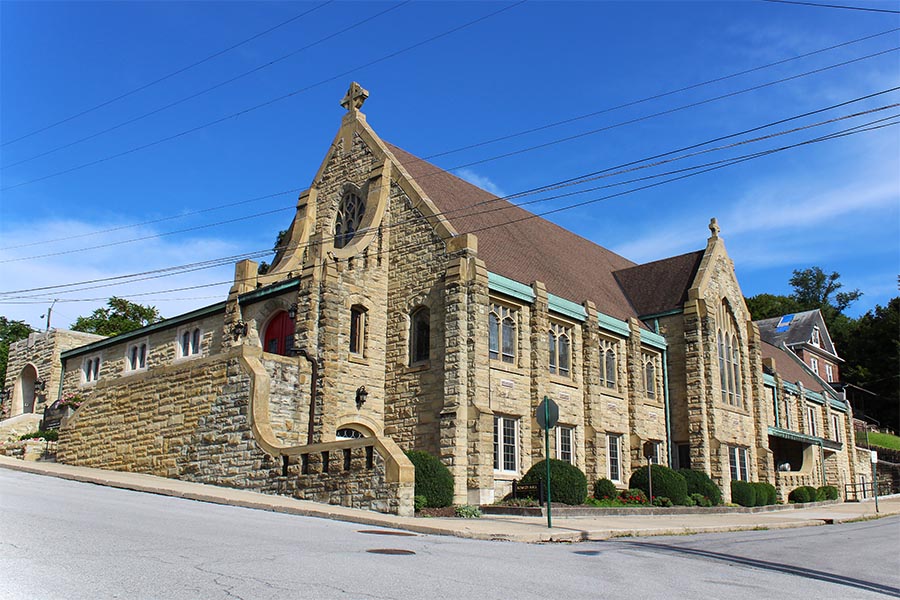
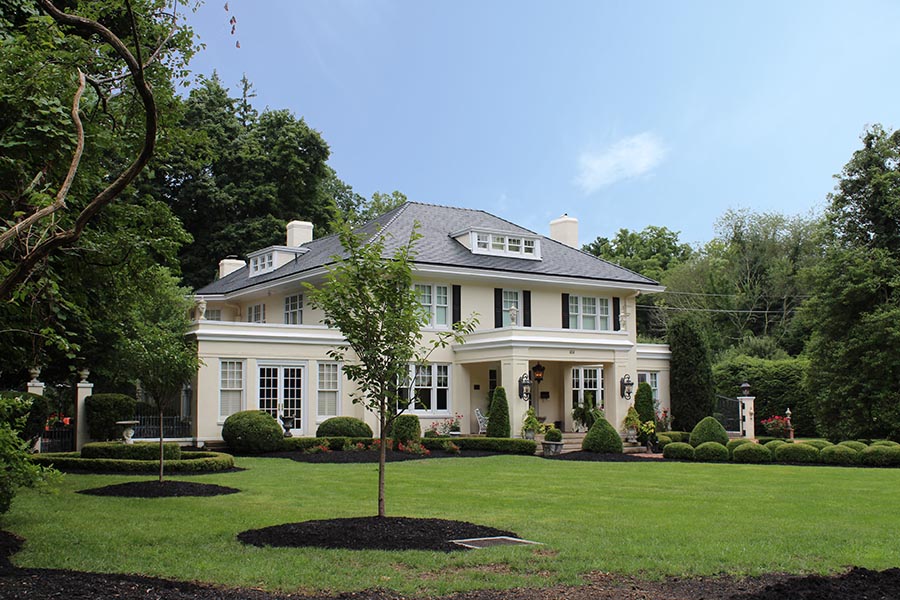
Preserving the Past, Advancing Today’s Project Work
Historic preservation of a significant past is a key value of GAI’s Cultural Resources work. In addition to the West Virginia master architects survey, this value can be seen in GAI’s work to qualify WWII Marine Corps Air Station Ewa Field in Hawaii for inclusion in the National Register of Historic Places. GAI’s Cultural Resources specialists also perform the vital function of helping client initiatives proceed smoothly by mitigating project impact on historical features.
Much of GAI’s work in Architectural History aims to help a range of clients comply with regulations associated with the National Historic Preservation Act and other government guidelines. GAI’s Architectural History professionals perform advance surveys and report to the client if any of their proposed work may potentially impact areas or structures listed in or eligible for listing in the National Register of Historic Places. Based on the team’s expertise in both historical survey and regulation compliance, a client may choose to relocate project work—or, in cases where relocation is impossible, GAI’s team can offer strategies for minimizing impacts according to federal and state guidelines and secure the needed permits that will allow the project to proceed.
By offering in-house Cultural Resources services, GAI is equipped to facilitate project work for clients in the land and community development, energy, and transportation markets across the United States—providing swift and valuable expertise wherever project work and historic features meet.
Contact Senior Architectural Historian Paula McClain, 304.933.5212, for more information about GAI’s Cultural Resources services for the energy, transportation, and land and community development markets.
